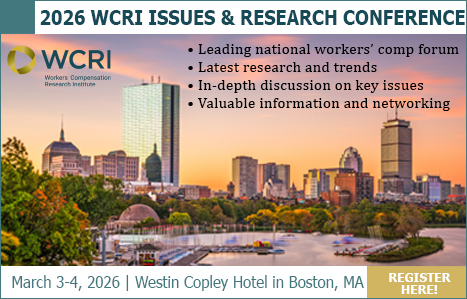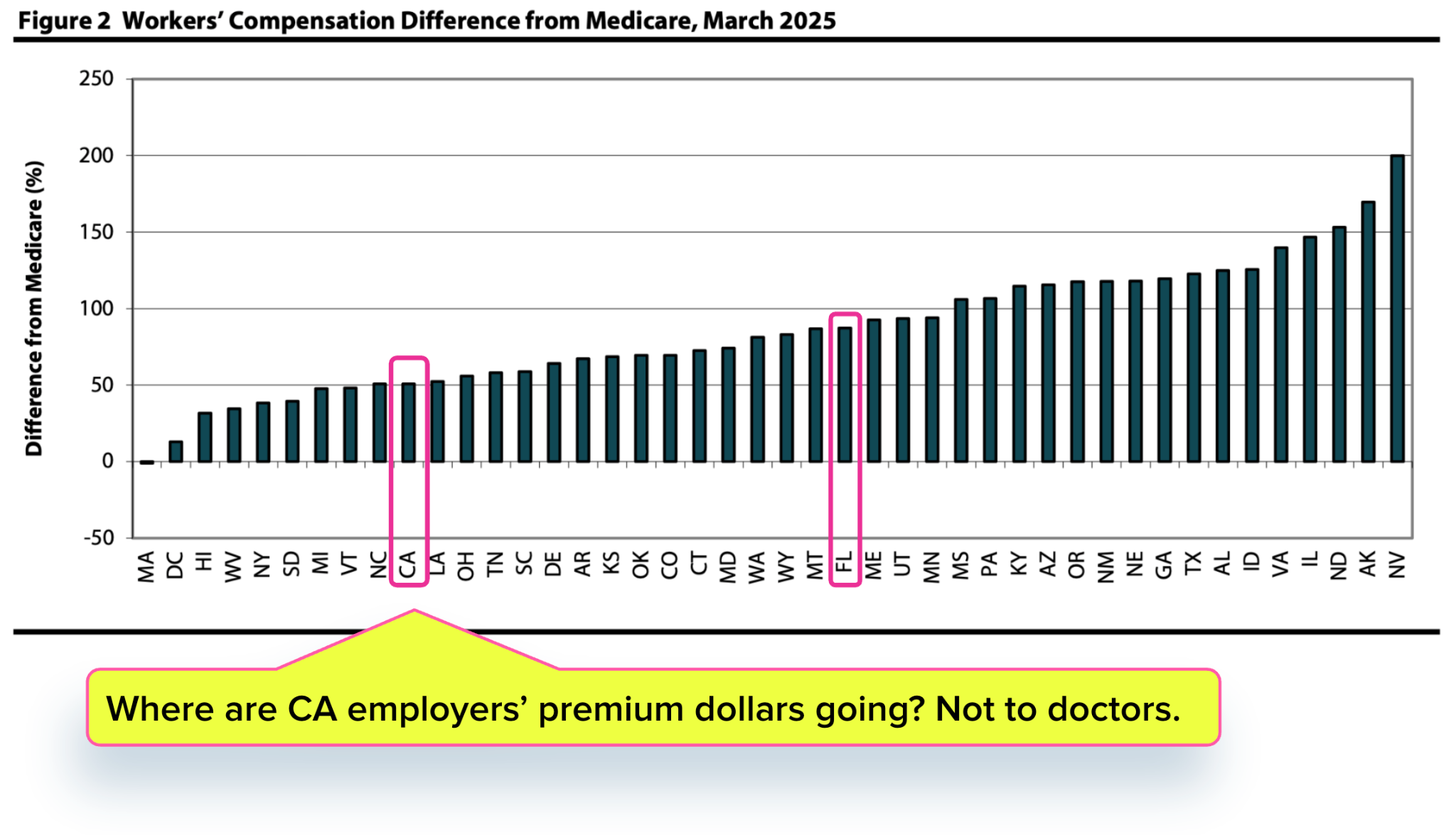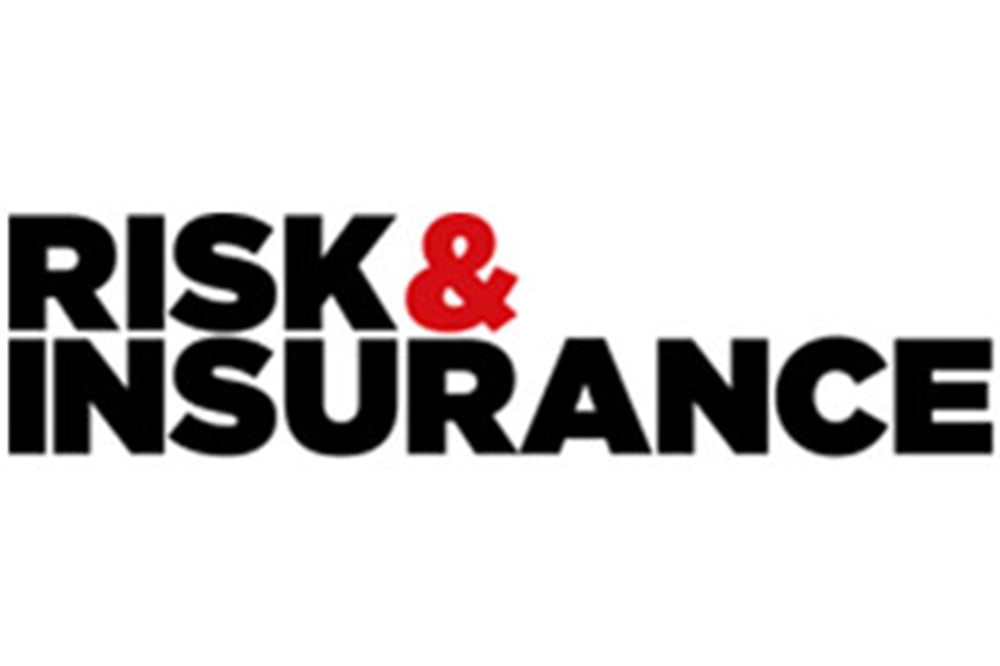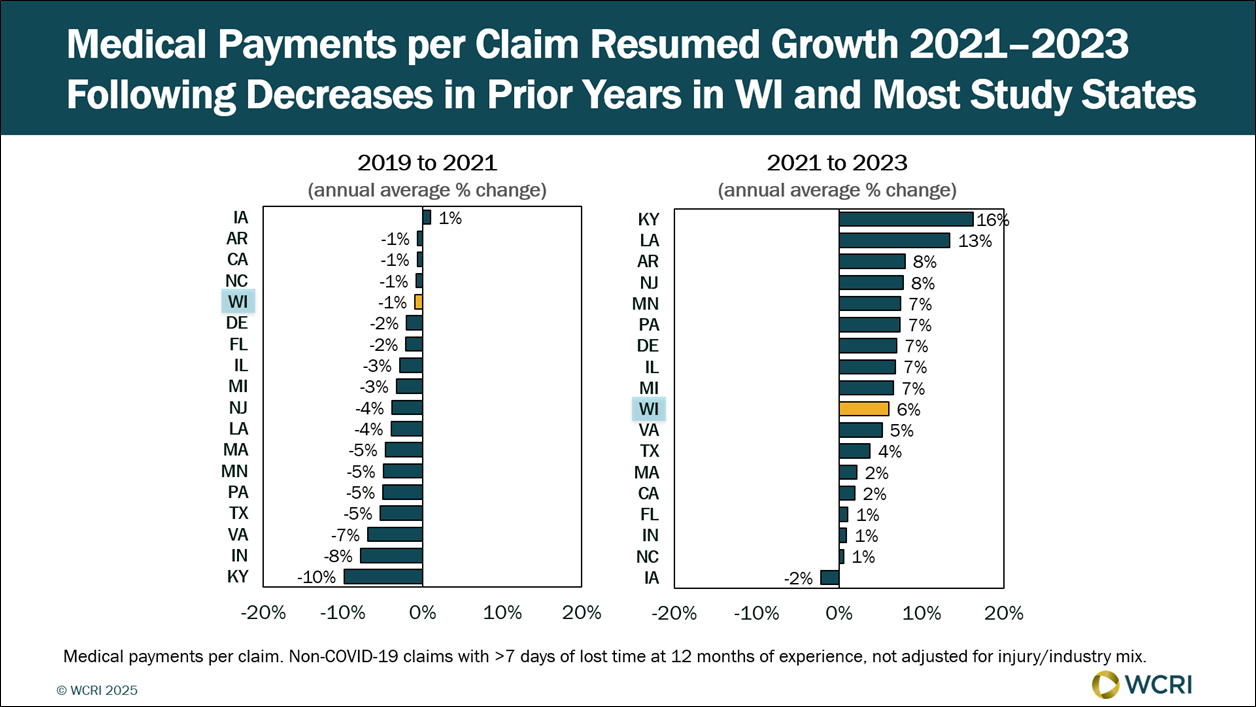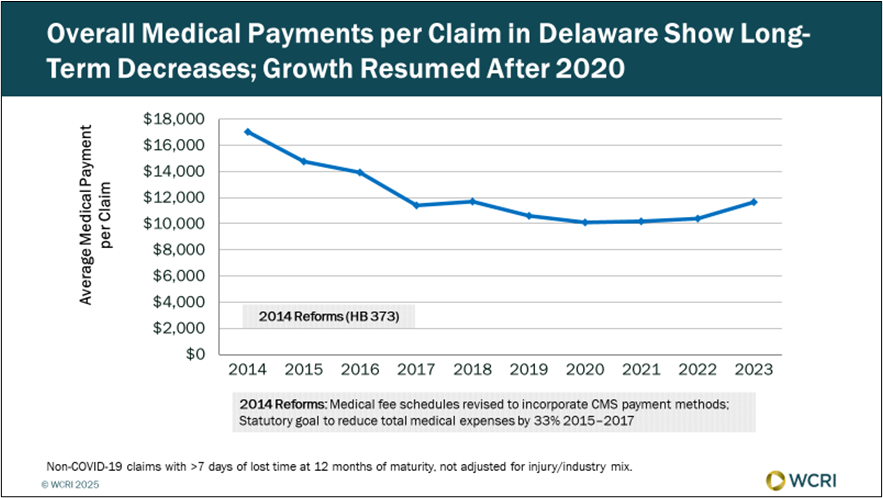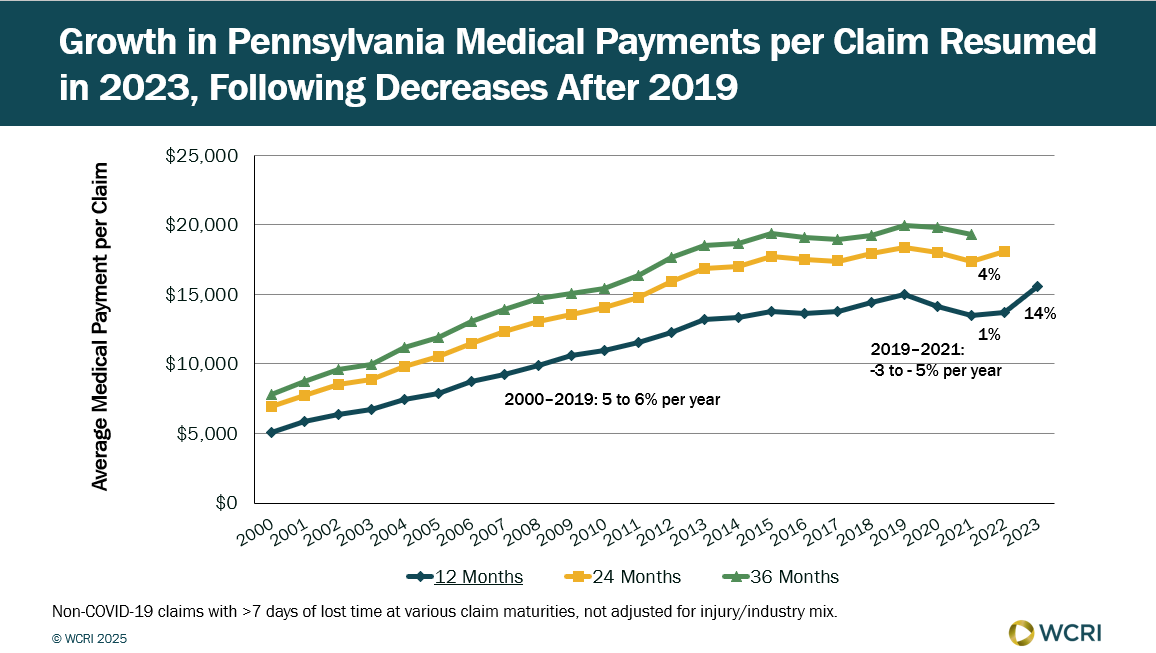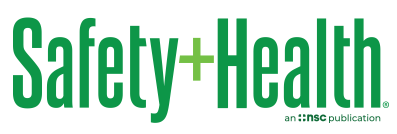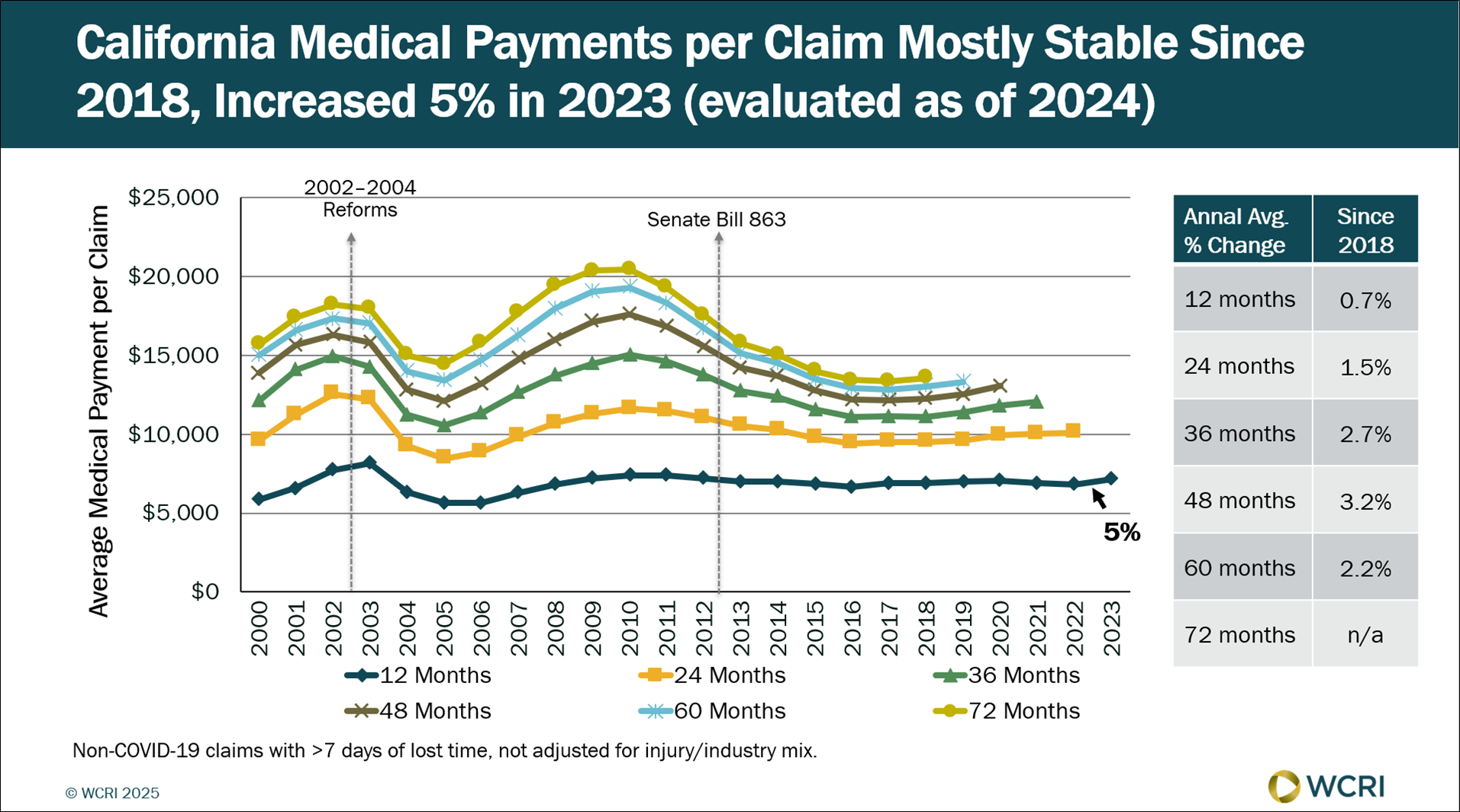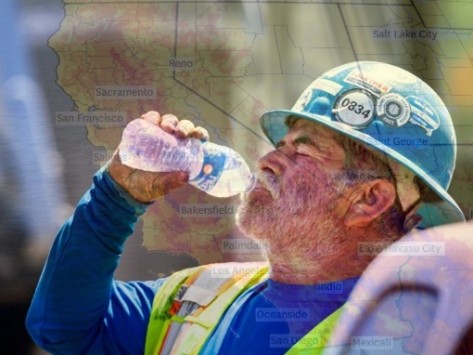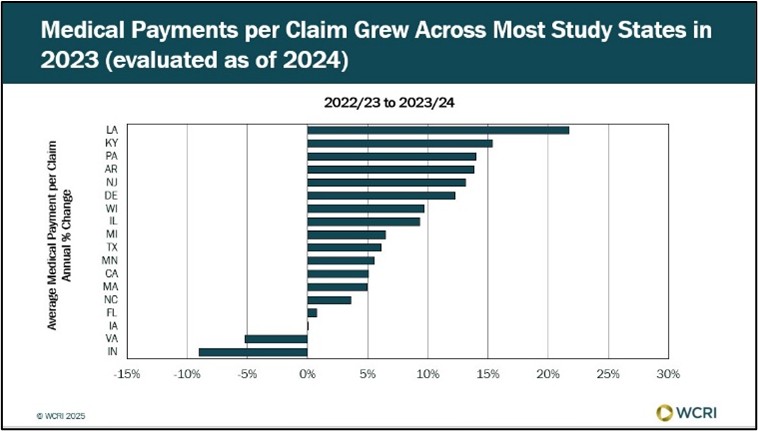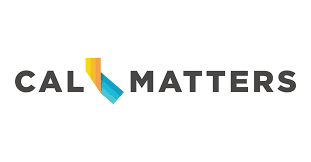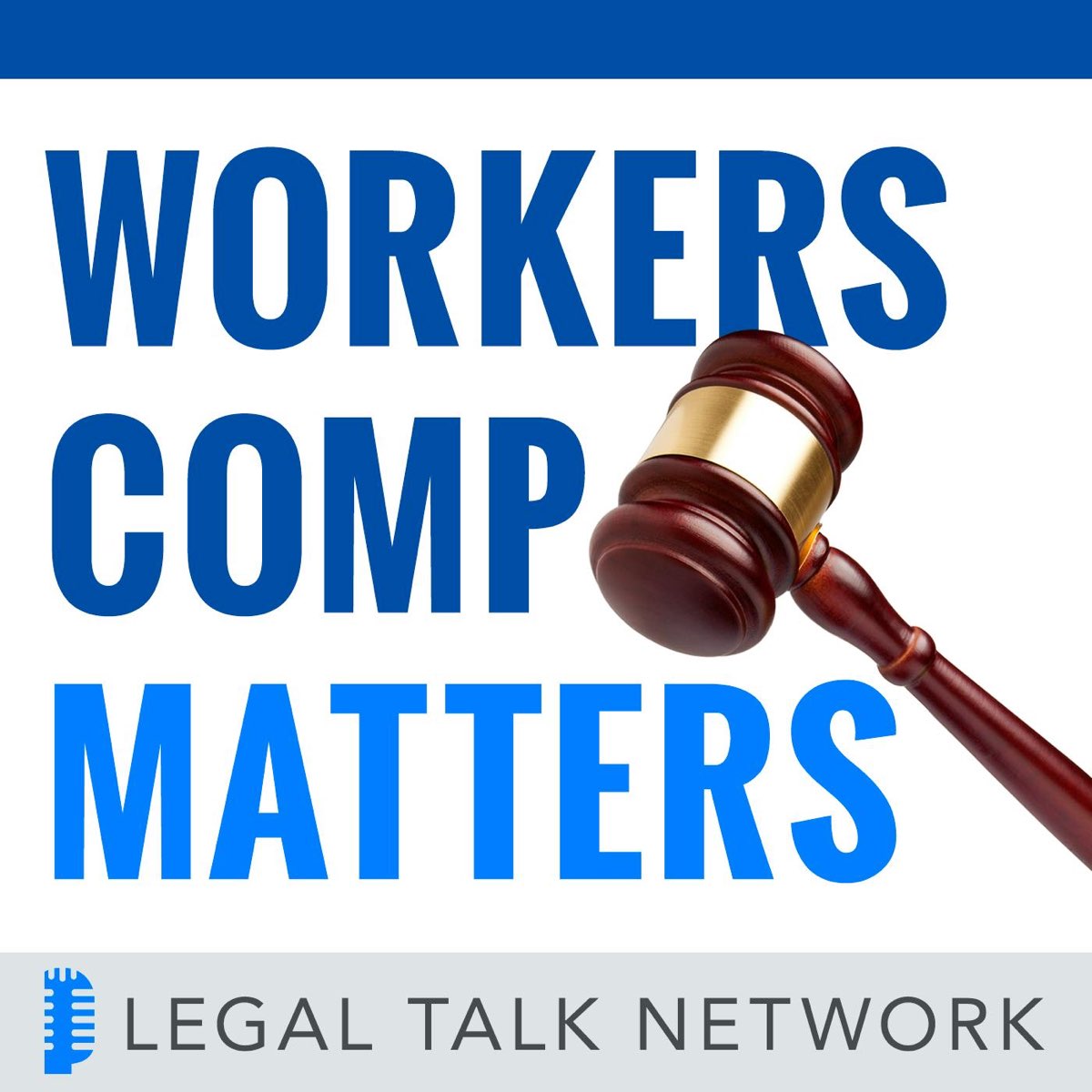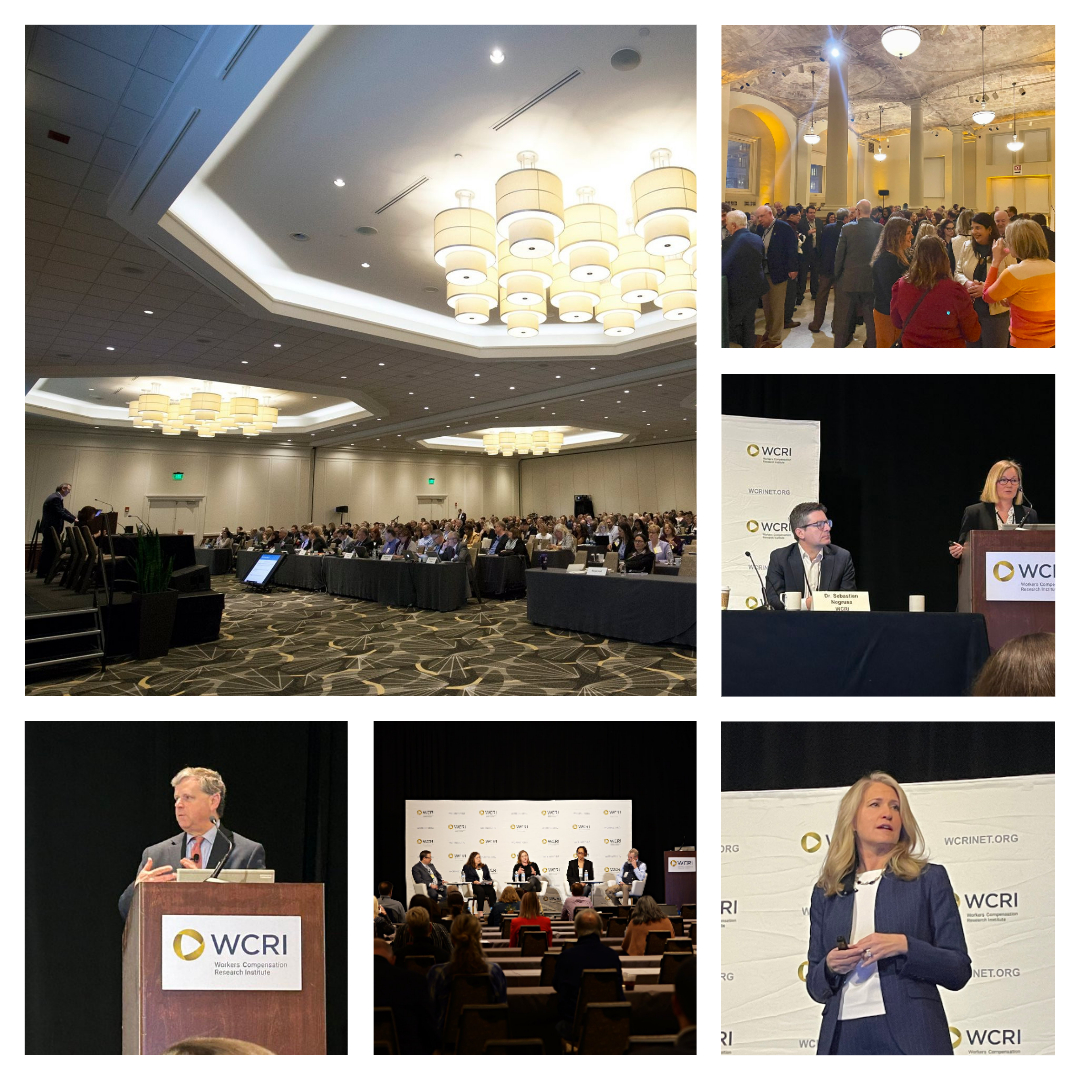Waltham, MA, Nov. 12, 2025—The Workers Compensation Research Institute (WCRI) announced today that Dr. Bob Hartwig will deliver the keynote address on Day Two of its 2026 WCRI Issues & Research Conference, March 3–4 in Boston. His presentation will provide a broad overview of the workers’ compensation ecosystem, covering risk management, economic trends, and the forces shaping the industry’s future.
“With the workers’ compensation system facing pressures from economic volatility, technological change, and rising health care costs, Dr. Hartwig’s keynote comes at a critical time,” said Ramona Tanabe, president and CEO of WCRI. “His expertise in insurance economics and risk management will help stakeholders navigate these challenges.”
Dr. Hartwig will examine labor markets, wage trends, the regulatory and political landscape, and the investment environment for long-tailed lines such as workers’ compensation. He will also explore how inflation, tariffs, and shifts in monetary and fiscal policy could affect labor markets, wages, and workers’ compensation outcomes.
He is a clinical associate professor of finance and director of the Center for Risk and Uncertainty Management at the University of South Carolina. He also serves on the Federal Reserve Board’s Insurance Policy Advisory Committee and is widely published on insurance and economic issues. A former president of the Insurance Information Institute, he has advised insurers, regulators, and legislators and has held positions at NCCI, Swiss Re, and the U.S. Consumer Product Safety Commission.
The WCRI Issues & Research Conference is a leading forum for workers’ compensation stakeholders, including insurers, employers, policymakers, labor advocates, and health care practitioners. Attendees gain access to the Institute’s latest research findings and engage with experts and decision makers from across the country. Early registrants can save $100 by signing up before February 4.
Click here to register and learn more about the conference agenda and sponsorship opportunities.
ABOUT WCRI
The Workers Compensation Research Institute (WCRI) is an independent, not-for-profit research organization based in Waltham, MA. Founded in 1983, WCRI produces objective, peer-reviewed studies on workers’ compensation systems, using rigorous data collection and scientific methods. Funded by its members, including employers, insurers, government agencies, health care providers, and labor organizations, WCRI produces research that helps key stakeholders make informed decisions.
###
 Back to News
Back to News






